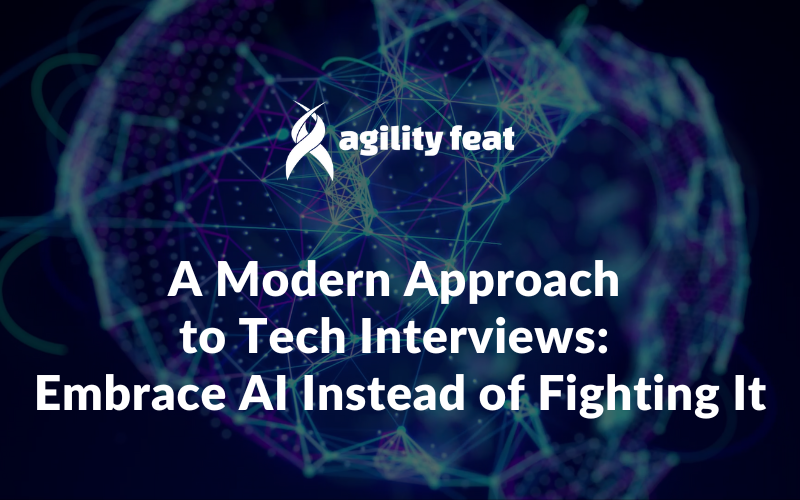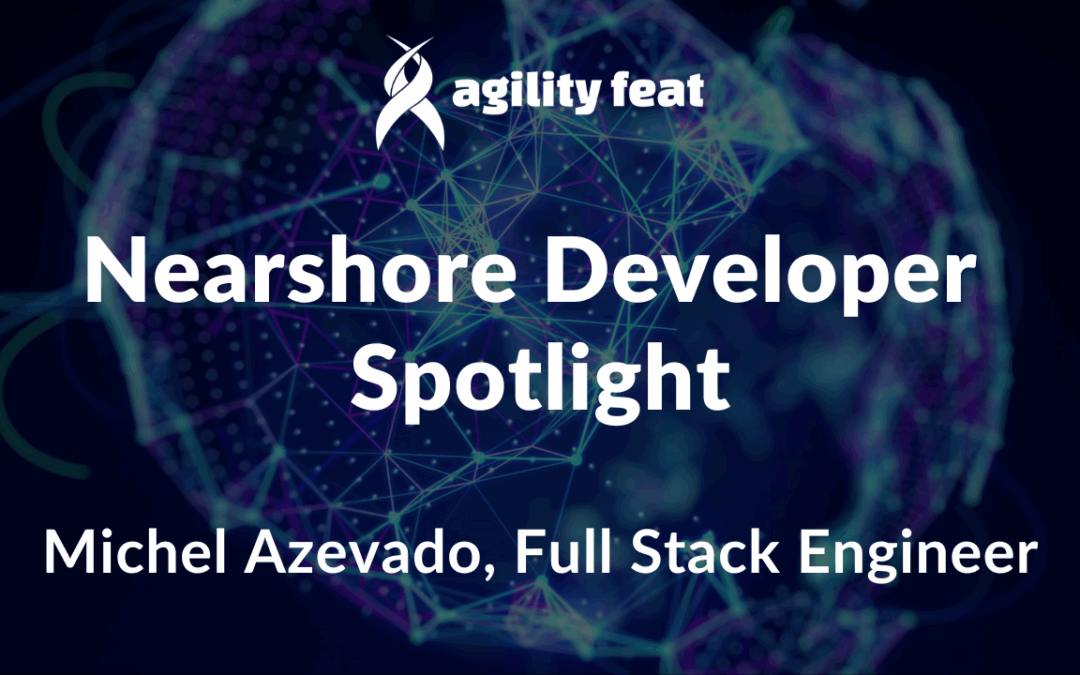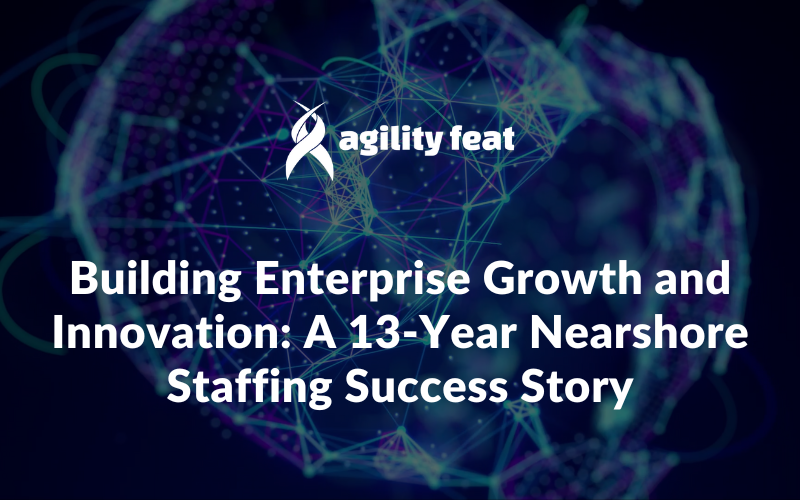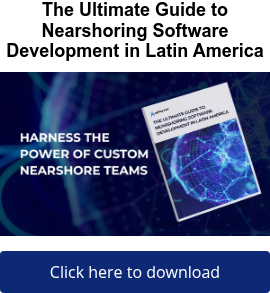The tech industry is facing a hiring paradox. While engineering teams increasingly rely on AI tools like GitHub Copilot’s AI Pair Programmer and ChatGPT’s AI Coding Assistant to code smarter and faster, many companies are desperately trying to “AI-proof” their interview processes. But what if we’re approaching this backwards?
In a recent episode of the Scaling Tech Podcast, I had the opportunity to explore embracing AI in modern tech interviews with Anna J McDougall, an award-winning engineering leader who’s pioneered a new approach to remote developer interviews. Rather than fighting AI in interviews, Anna’s team at HelloBetter has created a process that uses these tools.
In this blog post, we’ll examine how Anna’s innovative interview methodology is reshaping technical hiring and why your company should consider evolving with AI instead of against it.
The Problem with “AI-Proofing” Interviews
Many companies are caught in a reactive cycle, constantly trying to outsmart candidates who might use AI tools during interviews. They’re implementing stricter monitoring, banning certain tools, or reverting to whiteboard coding sessions that bear no resemblance to actual software development work.
Yet, if engineers use AI tools daily to deliver better code faster, shouldn’t our interviews reflect that reality?
Anna’s Revolutionary Approach: The 40-Minute Pair Programming Session
Instead of fighting AI, Anna’s team has developed a 40-minute pair programming interview that not only allows AI tools but actively encourages their use. Here’s how it works:
The Setup: Candidates are presented with a realistic, broken codebase—similar to what they might encounter on their first day at the company. The goal isn’t to write perfect code from scratch but to diagnose problems and implement solutions using whatever tools they’d normally use.
The Rules: There are virtually no restrictions. As Anna explains to candidates:
“You can use any tool you want here. And that’s where we differ from most people. We say you can use ChatGPT, you can use Google, you can use Cursa, you can use whatever you want, use whatever you would normally use in your work. Don’t try to do something you haven’t used before just because you think we’re expecting it. No, just do what you normally do and show us what you do.”
The Philosophy: This approach fundamentally shifts what’s being evaluated. Instead of testing memory or ability to code without assistance, it tests delivery, problem-solving, and real-world engineering skills.
What This Approach Actually Tests
Anna’s method reveals something crucial about modern software engineering: success isn’t about memorizing syntax or coding in isolation. It’s about efficiently solving problems, making good decisions under pressure, and delivering working solutions.
“What are we actually testing here? I think that’s important. This is testing delivery. This is testing actually, ‘Can they do it?’ We’re not here to test your memory.”
By allowing AI tools, Anna’s team can observe:
- How candidates approach unfamiliar codebases
- Their problem-solving methodology
- How effectively they use available tools
- Their ability to explain their thinking process
- How they handle realistic engineering challenges
The Business Case for Realistic Interviews
Beyond the philosophical arguments, there’s a compelling business case for this approach. Bad hires are expensive—not just financially, but in terms of team morale, project delays, and lost momentum. As Anna notes:
“The worst thing a business can lose is time and money, and I think you lose both when you make bad hires. You usually have to start the process over again. If there’s a recruiter involved, you have to pay more fees… People start freaking out. You start thinking, ‘What am I going to do? How am I going to do this? I’ve hired in this way for decades. Why is it not working anymore?'”
By creating interviews that mirror actual work, companies can make more accurate predictions about candidate success. When the interview environment closely matches the work environment, you’re more likely to see how candidates will actually perform on the job.
Building for Your Team, Not Just Skills
Anna’s approach also emphasizes an often-overlooked aspect of hiring: you’re not just hiring individual contributors, you’re building a team. This requires looking beyond pure technical skills to understand how candidates will fit into your specific context.
“What are we actually looking for when we’re hiring? How do we know what we’re looking for? And how do we assess technical skills then in an age where all of these new tools are coming out … I do think you need to look at every candidate holistically and you also need to look at your own teams holistically and even your whole company holistically and think – where are our gaps, what are we missing here?”
This holistic view recognizes that diverse teams with different strengths often outperform teams of uniformly “excellent” individuals. An effective interview process should help identify not just who can code, but who can contribute to your team’s success in meaningful ways.
Looking Ahead: AI as a Standard Engineering Tool
As AI tools become increasingly integrated into software development workflows, the question isn’t whether engineers will use them. It’s how well they’ll use them. Companies that recognize this shift early and adapt their hiring practices accordingly will have a significant advantage in attracting and identifying top talent.
The key insight from Anna’s approach is that great engineering isn’t about memorizing syntax or coding in isolation—it’s about solving problems efficiently, making good decisions, and delivering value. AI tools don’t change these fundamental requirements; they just change how we meet them.
Implementing Change: Start with Your Goals
If you’re considering evolving your interview process to embrace AI in tech interviews, start by asking Anna’s fundamental question: “What are we actually testing here?”
Are you testing memory, or problem-solving ability? Are you evaluating coding skills in isolation, or the ability to deliver working solutions? Are you hiring for your ego, or for your team’s success?
Once you’re clear on your goals, you can design interviews that actually measure what matters. This might mean embracing AI tools, but it definitely means creating realistic scenarios that mirror the work your engineers actually do.
Ready to Build Better Teams?
The future of technical hiring isn’t about fighting AI—it’s about evolving with it. Companies that recognize this early and adapt their processes accordingly will have a significant advantage in building high-performing teams.
At AgilityFeat, we specialize in helping companies build exceptional software development teams in Latin America. Whether you’re rethinking your interview process, scaling your engineering organization, or looking to integrate AI tools effectively into your workflows, we’re here to help.
The question isn’t whether AI will change how we work—it’s whether we’ll change how we hire to match that reality. As Anna’s success demonstrates, the companies that embrace this evolution will build stronger, more effective teams.
Contact us today to learn more about how we can help you build teams that thrive in the AI era.
- You Can’t Outrun AI in Tech Interviews, So We Designed Around It (Anna’s Medium article)
- The Right Way to Encourage AI in Tech Interviews with Anna J McDougall (Scaling Tech Podcast Ep54 – Live!) – watch the complete episode and read the show notes.
Related Reading:











